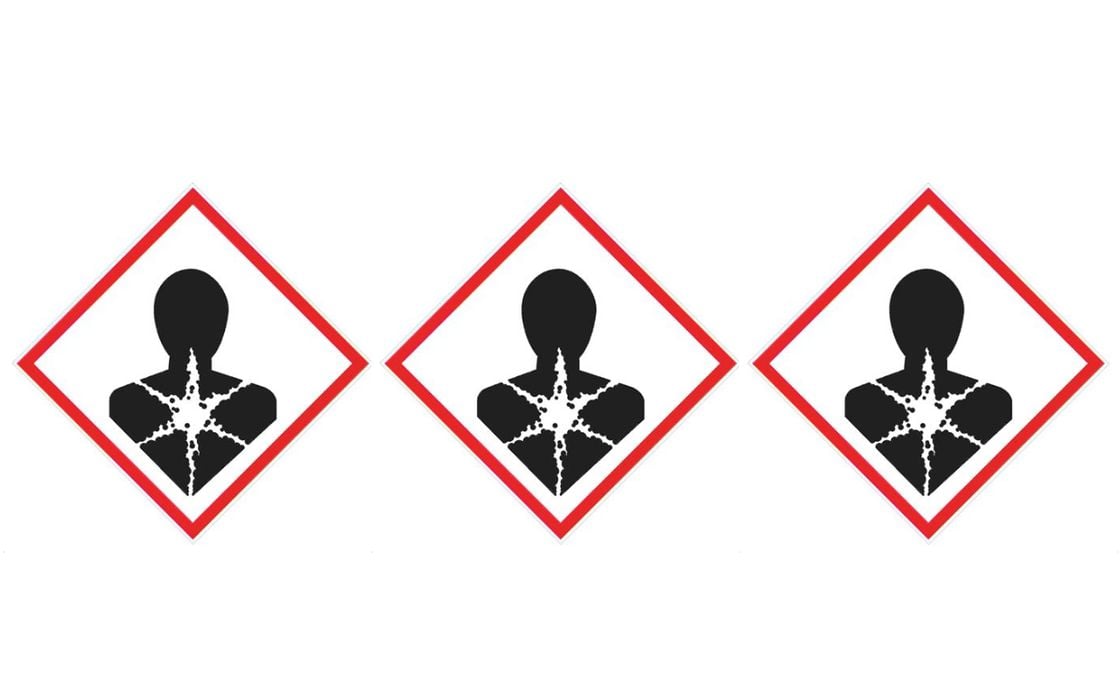
Formlabs has released a damning report on the state of 3D printer resin safety that everyone should read.
Last week Formlabs announced the availability of new, safer 3D printer resins for third parties. These resins are not intended for Formlabs’ own equipment, but instead are targeted at third party equipment. This was quite an unusual move by Formlabs, as they don’t seem to be charging large amounts for their new resin.
A hint at their motivation might be found in their lengthy report on the safety concerns they have with low cost 3D printer resins. In the report, they said:
“A pervasive lack of safety information from many low-cost resin manufacturers has led to injuries, widespread misinformation and confusion within the community, resulting in users feeling uncertain and concerned about the necessary precautions to take when handling resin.”
This is entirely true. I am continually astonished when watching videos of unknowing 3D printer operators freely dipping their hands in resin, not wearing PPE and taking incredible risks when handling toxic resin.
Because of that we’ve written many stories focused on resin safety, in hopes that we can inform at least some folks of the dangers and precautions to be taken. Honestly, this really bothers me: many resin 3D printer manufacturers don’t seem to treat this issue with enough priority, so someone has to do something.
It seems that Formlabs has taken up that challenge by introducing their new resins.
In the report they describe one of the nastiest chemicals commonly used in most low cost resins: 4-Acryloylmorpholine, also known as ACMO. This particular chemical is so dangerous that the US EPA has now issued a special warning about it, and requires products using it to be appropriately labeled. However, products from overseas may not have this labeling.
Formlabs undertook an investigation of this on their own, and discovered that there are vast amounts of ACMO in many popular 3D printer resins. The results of their analysis are available for download, and include a survey of 28 different resins from ten different providers.
The results show that around half of the resins’ Safety Data Sheet (SDS) don’t list ACMO, even when it may contain the chemical. More than half had incorrect health hazard statements in their SDS documentation.
Around 20% did not even have an SDS that was locatable by Formlabs. Formlabs explains:
“Unfortunately, not all resins that contain ACMO adhere to the SNUR’s safety labeling requirement and as a result, users have been left in the dark on the potential health effects. Formlabs Materials Scientists have investigated over 70 of these resins from 17 different manufacturers. A large majority of General Purpose, High Speed, and ABS-Like Resins contain more than 30% ACMO in their formulations, with many containing up to 60%.”
Of those that did specify the presence of ACMO, the amount used ranged from 10-75% of the material. That’s quite incredible: one of the resins analyzed has 3/4 of its weight made of ACMO, a toxic chemical.
How bad is this? Consider this statement from the Formlabs report:
“Additionally, the EPA’s SNUR includes language about the regulations for releasing ACMO into waste water streams, stating that the limit is 100 ppb (parts per billion). To put this in perspective, the amount of water needed to dilute 1L of a resin formulation containing 50% ACMO is about 5 million liters of water, or roughly the size of two Olympic swimming pools.”
This undiluted resin could be what uninformed operators are dipping their hands into each time they run their 3D printer.
It’s long past time for safety to take a priority in resin 3D printing, and reports such as this one from Formlabs will help promote a move to safer ways to 3D print.
I strongly encourage you to read this important report; you will not see resin in the same way after reading it.
Via Formlabs
